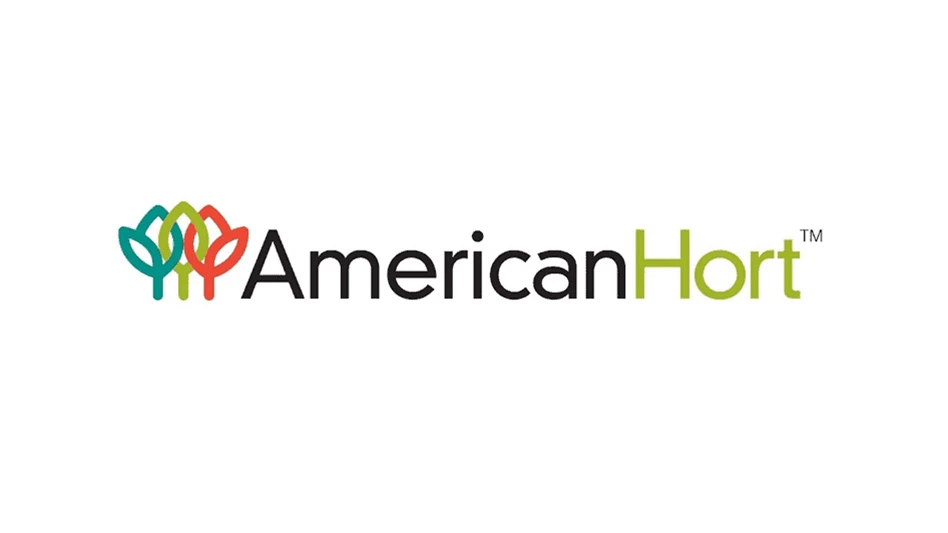

Electricity is still a bargain considering all the work that it accomplishes. Besides saving considerable labor, it provides better environment control to produce quality plants. Yet, one of the complaints that I frequently hear is that the bill keeps increasing every year.
Part of this is that the rates charged by power companies are increasing. More than half of the states had increases within the last year. Another reason is that growers keep adding equipment and controls that need electricity.
The following are six ideas – based on the energy audits I have done in the Northeast – that may help to slow the electric bill increase.
Natural ventilation saves considerable electricity — When compared to fan cooling that operates 2000 to 3,000 hours per year, installing vents saves at least one-quarter on the electric use. Today, systems are available for most types of greenhouses. Roll-up sides, either manual or motorized, are easy to retrofit on hoophouses with the addition of an extra rail at 4’ to 6’ above the baseboard. Payback is usually less than 5 years. Roof vents can be added to most greenhouses. Although more expensive, they provide more uniform ventilation within the greenhouse than having fans.

The basic control system for vents includes a sensor, environment control and a contactor panel that moves the vent arms.
Select the best heating system — Providing winter warmth to the plants is another significant user of electricity, typically operating from 1,500 to 2,500 hours for all winter operation. Furnaces require a fan or blower to distribute the heated air and usually have about ¼ horsepower per 100,000 Btu/hr output. Their advantage is that they can be easily shut down if the greenhouse is closed during the winter, whereas a boiler system requires draining and blowing out the radiators. Boiler systems are more expensive but use only a small amount of electricity for the burner and the circulating pumps. Either system can be designed to provide uniform heat distribution.
HAF air circulation can reduce electricity use — To aid in distributing heat and providing a better air environment for the plants consider the installation of a air circulation system, usually horizontal air flow (HAF). These are typically installed at about 2 cfm/sq ft of foor area and depending on model use from 0.07 – 0.2 kwhr/1000 sq ft. For 24 hours/day operation this can add another 1.7 – 4.8 kwh/1000 sq ft - day to the greenhouse electric bill but can result in a 2° F – 3° F lowering of the thermostat setting. The savings from less heater operating time off sets some of the additional fan operating cost. The fuel savings results in a good payback.
Install LED supplemental lighting — Continual improvements in efficiency and spectrum of LED fixtures are making it profitable to add supplemental lighting for better timing and growth of many crops. Using the Daily Light Integral (DLI), target lighting and the lighting cost calculator (www.hortlamp.org/otreach.html) can lower electricity use. Review the latest research and manufacturer test results before selecting a company to supply your system.
Better controls provide a better plant environment — upgrading from a thermostat base control system to an electronic system offer many opportunities to reduce electricity consumption. The basic step controllers that integrate both heating and cooling can be installed for less than $1/sq ft. Adding additional equipment systems and the ability to collect and store data can double the cost but allows the ability to compare the environment from one crop to another.
Consider energy use when designing a new facility. Based on electricity use data from audits on several year-round greenhouse operations growing annuals and potted plants, a modern open-roof greenhouse with central boiler and energy/shade screens uses 30% to 50% less electricity than a similar size operation that has hoophouses with fans and individual furnaces or unit heaters. Excluding any electricity use for supplemental lighting, a typical new gutter-connect facility will use from 0.50 to 0.75 kilowatt-hours/sq ft/yr whereas a hoophouse range uses from 0.80 – 1.50 kwh/sq ft — year. In addition, the gutter-connect facility will have at least twice as much production space if the overhead space is used for hanging baskets.

Explore the October 2020 Issue
Check out more from this issue and find your next story to read.
Latest from Greenhouse Management
- The HC Companies, Classic Home & Garden merge as Growscape
- Eason Horticultural Resources will now officially be known as EHR
- BioWorks receives EPA approval for new biological insecticide for thrips, aphids, whiteflies
- ScottsMiracle-Gro transfers cannabis subsidiary to focus on core lawn and garden business
- Ellen Mackenbach-Lakeman appointed new CEO of Dümmen Orange
- Southern Garden Tour sets 2025 dates for trial garden open houses
- Belgian thermal screen manufacturer Phormium launches Noctis Thermo
- New book explores plants that thrive in Rocky Mountains





